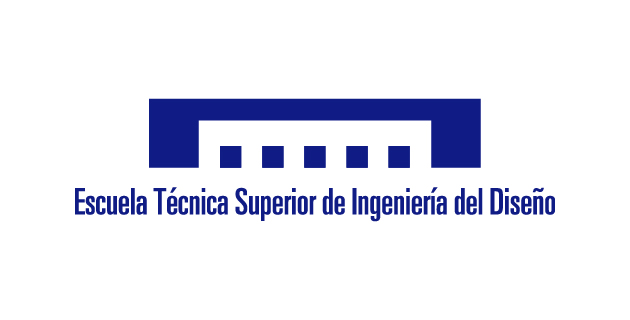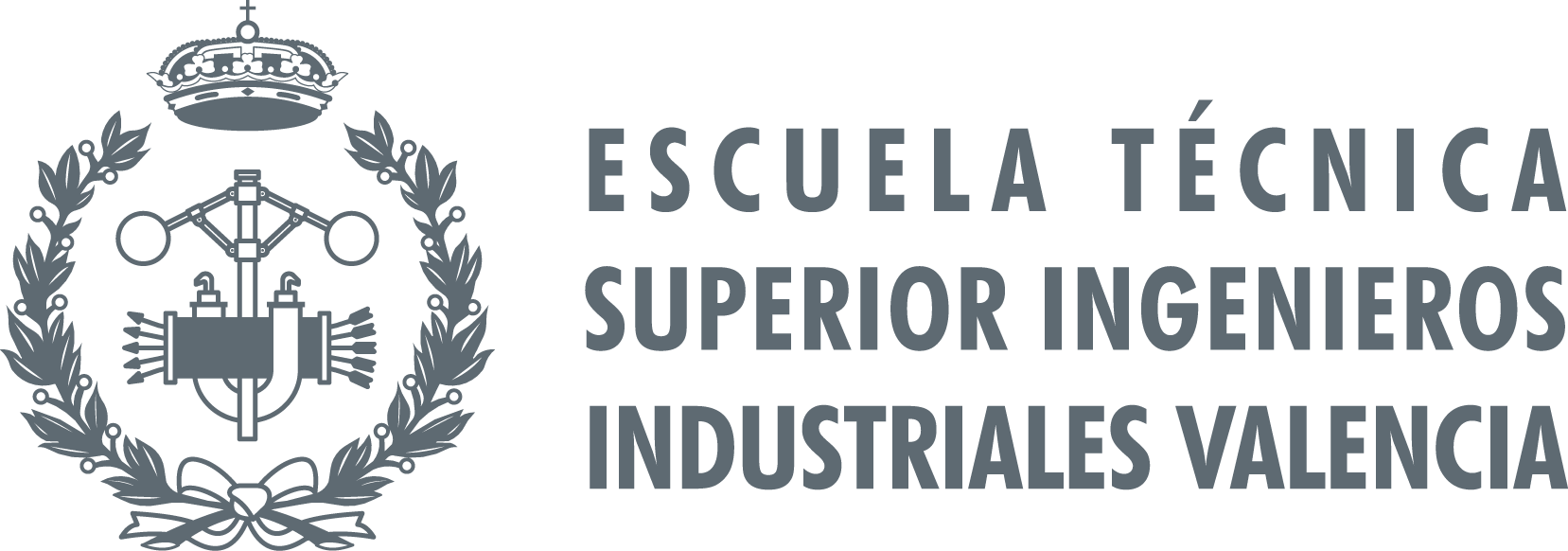Controlling the impact of external perturbations in Floating Offshore Wind Turbines
-
-
Presentation speakers
- María Tomás-Rodriguez, Senior Lecturer, School of Mathematics, Computer Science & Engineering. The City University of London (UK)
- Matilde Santos Peñas, Professor, Department of Computer Architecture and Systems Engineering. Universidad Complutense de Madrid
Abstract
Worldwide and within the renewable energies field, eolic energy is raising expectations in terms of high efficiency energetic production but still considered to produce a relatively important environmental impact when the wind turbines are located onshore. One possible solution to the potential onshore hazards is the installation of offshore wind turbines (OWT), as they are promising in terms of energetic production due to the proximity of the eolic resources to the coastal energy loadings.
Up to these days, most of the offshore wind farms consist of fixed bottom structures being these suitable in shallow waters but not economically worthy in deep waters. In the last years there have been already research and engineering efforts in Floating Offshore Wind Turbines, (FOWT) that can be installed in areas of deep seabed. For these types of structures to be economically efficient, they should safely withstand surrounding adverse conditions such as high-speed winds, strong currents and large waves. Unwanted oscillations, heavy loads and structure’s fatigue represent a need for more maintenance, less efficiency hours, costly components and potential failures. Clearly, from an engineering/ control systems point of view these poses a difficult challenge.
FOWT present unstable nonlinear dynamics and their study through modelling and simulations is necessary as well as the study of all the mentioned possible perturbations that may affect the system’s behaviour and efficiency. It is therefore, necessary to include all these factors in the models to be studied, analysed and compensated through control methods with the objective of increasing the reliability, optimize the energetic production and allow for lighter and cheaper structures.
In this conference, the current existing FOWT challenges will be presented as well as possible solutions for controlling the impact of the external perturbations.























